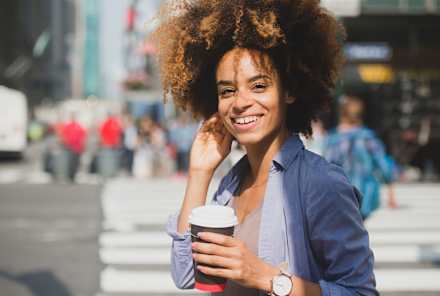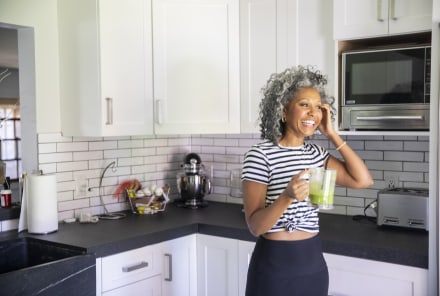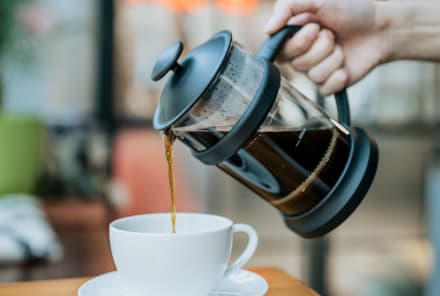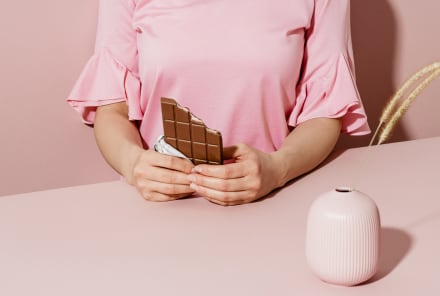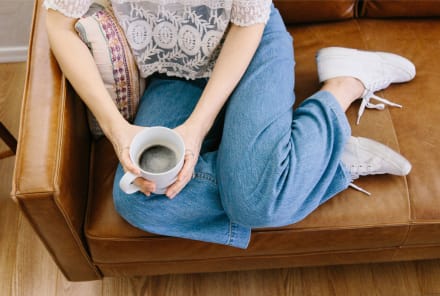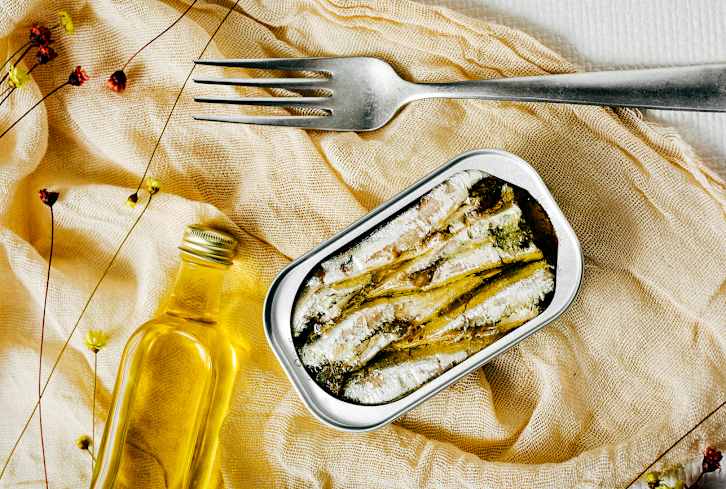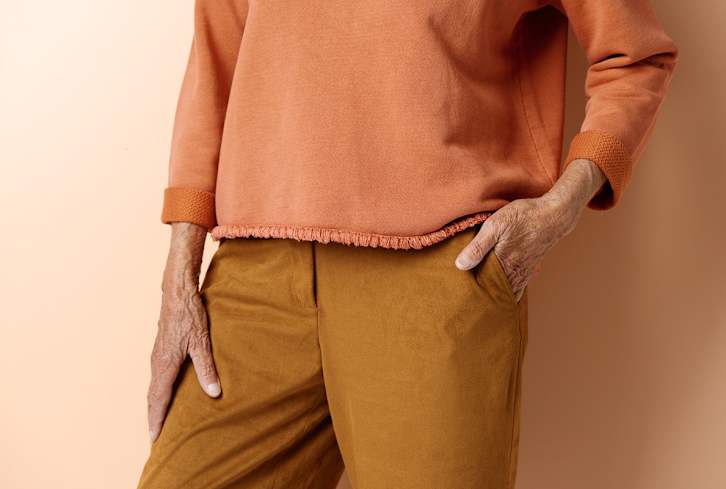Advertisement
How To Prepare For A Glucose Spike, So Eating Candy Won't Make You Feel Blah

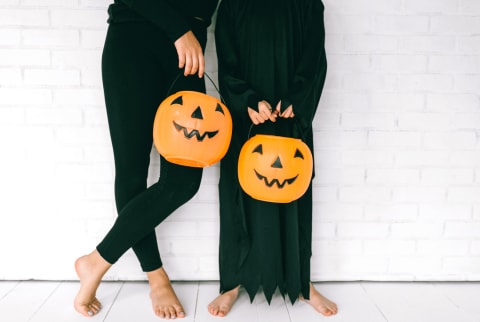
Halloween is on the horizon, and for many, that means witchy costumes; scary movies; pumpkin and/or gore decor; and, of course, the goodie bags brimming with candy—and (here comes a party foul) the subsequent blood sugar spikes with each empty wrapper.
While we generally encourage hopping off the blood sugar roller coaster if you can, we'd never, ever, tell you to deprive yourself of holiday joy—with Halloween, that may mean you indulge in more candy than usual. And that's fine! Just take it from Stanford-trained physician Casey Means, M.D., co-founder of Levels: "No one should ever freak out about a single glucose spike," she asserts on the mindbodygreen podcast. "One-time exposures like that are not going to cause lasting damage. It's the trends, the adaptations over time, that can cause problems."
However, if you are blood sugar conscious, there are ways to mitigate the spike on days you know you're going to indulge (like this upcoming holiday). "There are many options for people to actually minimize their glycemic variability from [sweets]," Means says. Here are her three tips to prepare your body for that inevitable surge:
Get a good night's sleep.
"You could make sure that you get a good night's sleep before you eat your [sweets], which means you'll probably be more insulin sensitive that day," offers Means.
Yes, sleep and blood sugar have an intimate relationship: In fact, Means references a study in the Journal of Lipid Research that found poor sleep for as little as six days had the potential to affect insulin resistance1 in participants with an otherwise healthy metabolism. Don't fret too much, though: "When they allowed [participants] to have as much sleep as they wanted for the next week, their bodies bounced back," says Means.
In other words: Sleep's effects on blood sugar can happen pretty quickly—which is why you might want to focus on high-quality shut-eye on the nights leading up to trick-or-treating.
Preload with blood-sugar-balancing staples.
According to Means, you could also make sure that your meals are chock-full of healthy fats, fiber, and protein (and lower in refined carbs) before you experience that high carb, high sugar load. The exact dish may vary depending on what personally raises your glucose levels (even healthy foods can sneakily spike some people), but giving your body a foundation of healthy staples can minimize the glycemic variability—so that when you do experience a blood sugar spike, your body has a solid base to work with.
Remember: "It's not just about what you're eating but also the context with which you're eating it," she says. For her, healthy fats, fiber, protein, and tons of micronutrients from colorful, nourishing plants make it into every recipe. (See here for her personal menu.)
Walk it out.
"You could take a 20-minute walk after eating [treats], which we know has a really strong impact on reducing post-meal spikes," Means says. Other experts agree: Keto neuroscientist Dom D'Agostino, Ph.D., even declares that a casual stroll after dinner "can cut the glycemic response in half."
In one study, researchers randomly assigned 78 adults to either become active or remain sedentary five minutes or 35 minutes after eating—and they found that acute, casual exercise not before but after eating (like a post-dinner stroll) can help steady the blood sugar response2. Of course, if you're out trick-or-treating, you're likely already walking around post-candy. But if you've dipped into the candy bowl in the comfort of your own home, Means encourages you to move your body before sliding into bed.
"That's definitely something I've incorporated into my life," she says. "I try and clear some of the glucose before I lie down and know that it's going to be bouncing around in my bloodstream throughout the night."
"Or if it's nighttime and you're out," she continues, "have a little dance party at the end of the night." Consider it doctor's orders for a spooky Halloween ball.
The takeaway.
Celebrating Halloween (or any holiday for that matter) should bring you joy, and for many, that means indulging in some candy. But if you're dreading the blood sugar spike after the costumes are hung up and put away, know that you can do a number of things to prepare your body for the surge—that way, you can focus on nothing but having fun the night of.
Oh, and it definitely can't hurt to consider the type of candy you're eating. Find a list of our favorite healthier (but still seriously delicious) candy options, here.



